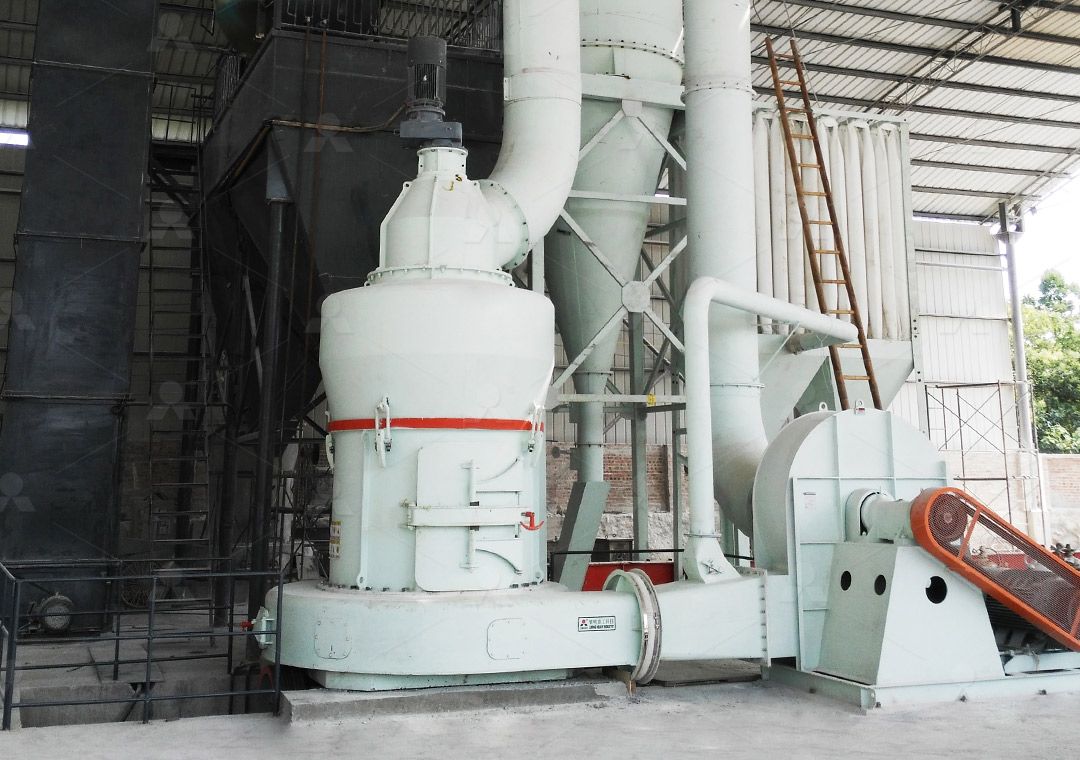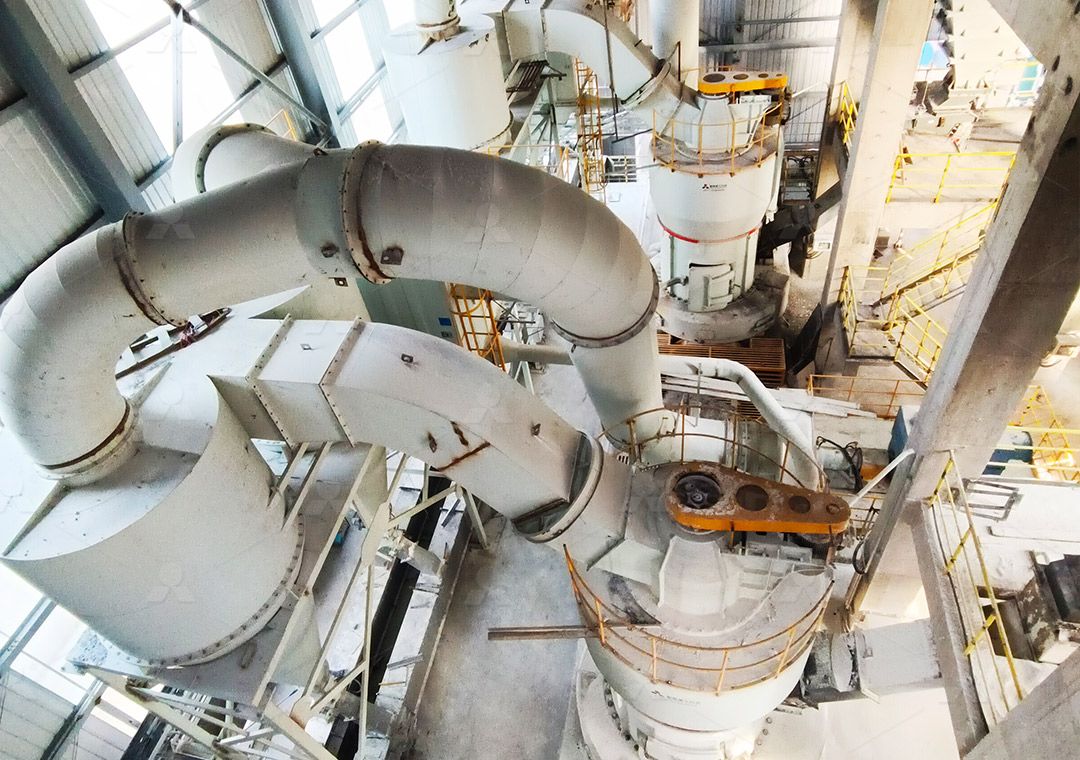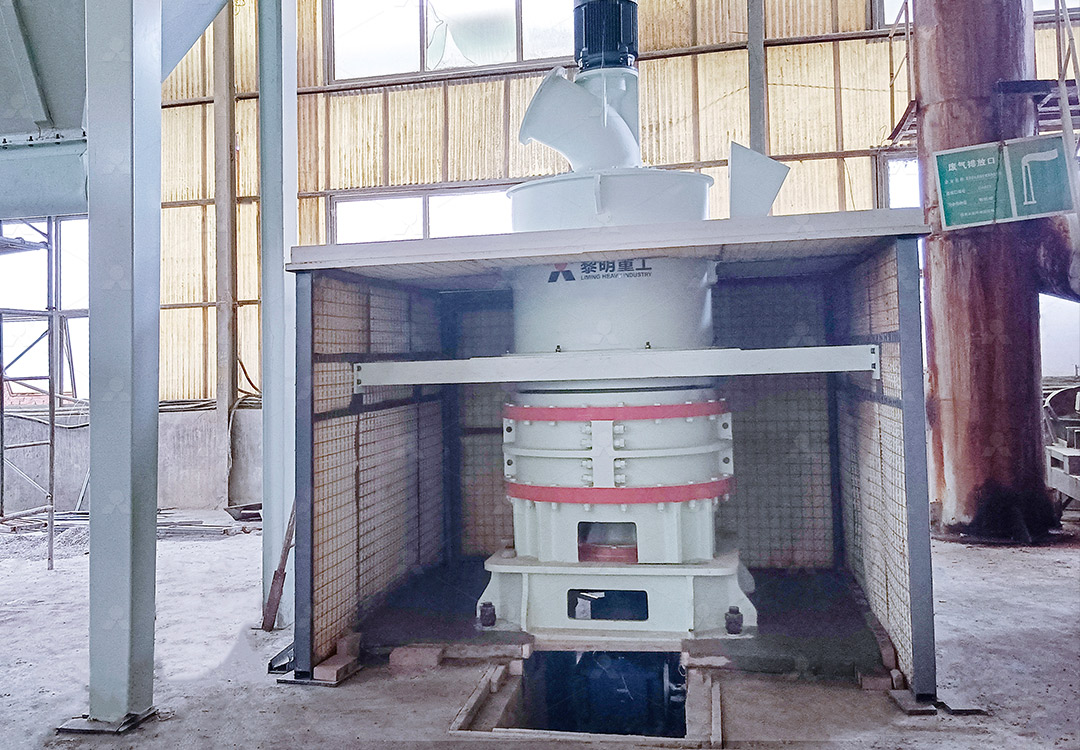Raymond Mill for 300 Mesh Limestone: 4 TPH Production Line Cost Analysis
Raymond Mill for 300 Mesh Limestone: 4 TPH Production Line Cost Analysis
When planning a limestone powder production line targeting 300 mesh fineness with 4 tons per hour capacity, equipment selection becomes the cornerstone of operational success. Many operators traditionally consider Raymond mills for such applications, but a thorough cost analysis reveals important factors beyond initial investment that significantly impact long-term profitability.

Technical Requirements for 300 Mesh Limestone Grinding
Producing 300 mesh limestone powder requires precise control over particle size distribution and consistent output quality. The grinding equipment must handle the abrasive nature of limestone while maintaining stable operation. For a 4 TPH production line, the system demands robust construction, efficient classification, and reliable dust collection to meet environmental standards.
Traditional Raymond mills can achieve 300 mesh fineness, but often struggle with energy efficiency and consistent product quality at this capacity level. The grinding mechanism and separator design significantly influence both the operational costs and final product characteristics.
Comprehensive Cost Breakdown
A complete cost analysis for a 4 TPH limestone grinding line must consider multiple factors:
Initial Investment
- Grinding mill and auxiliary equipment
- Installation and commissioning
- Civil works and infrastructure
- Electrical systems and controls
Operational Expenses
- Power consumption (typically 60-70% of operating cost)
- Wear parts replacement (grinding elements, liners)
- Maintenance labor and downtime
- Dust collection system operation
Hidden Costs
- Production inconsistencies affecting product quality
- Unscheduled downtime from equipment failures
- Environmental compliance monitoring
- Training and operational expertise

Advanced Grinding Solution: MW Ultrafine Grinding Mill
For operations requiring 300 mesh limestone powder at 4 TPH capacity, our MW Ultrafine Grinding Mill presents a technologically superior alternative to conventional Raymond mills. Specifically engineered for fine powder production, this system offers significant advantages for limestone processing applications.
The MW Series achieves higher production efficiency through its innovative grinding curve design for rollers and rings, enhancing grinding effectiveness while reducing specific energy consumption. With a capacity range of 0.5-25 TPH, it perfectly accommodates the 4 TPH requirement while providing operational flexibility.
Key benefits for limestone grinding operations include:
- Superior Energy Efficiency: Operating at approximately 30% of the energy consumption of jet mills while delivering 40% higher output compared to traditional grinding systems
- Precise Particle Control: Advanced cage-type powder selector technology enables exact fineness adjustment between 325-2500 meshes with screening rates achieving d97≤5μm
- Enhanced Reliability: The unique design eliminates rolling bearings and screws from the grinding chamber, preventing common failure points and enabling continuous 24-hour operation
- Environmental Compliance: Integrated pulse dust collector and noise reduction systems ensure operations meet stringent environmental standards
Considering LUM Ultrafine Vertical Grinding Mill
For operations with space constraints or requiring the latest grinding technology, our LUM Ultrafine Vertical Grinding Mill offers another compelling option. With its vertical design integrating grinding, classification, and transportation, this system provides exceptional operational efficiency for 300 mesh limestone production.
The LUM Series combines Taiwanese grinding roller technology with German powder separation expertise, delivering:
- 30-50% reduction in energy consumption compared to conventional mills
- Double position-limiting technology for exceptional operational stability
- Reversible structure simplifying maintenance procedures
- 5-18 TPH capacity range suitable for the target production rate

Return on Investment Analysis
While advanced grinding systems like the MW Series may require a higher initial investment compared to basic Raymond mills, the operational savings typically deliver payback periods under 24 months. The combination of reduced energy consumption, lower maintenance requirements, and higher product quality creates substantial long-term value.
For a 4 TPH limestone operation running 20 hours daily, the energy savings alone can exceed $45,000 annually when upgrading from conventional equipment to our MW Ultrafine Grinding Mill.
Frequently Asked Questions
What is the typical power consumption for a 4 TPH, 300 mesh limestone grinding line?
Our MW Ultrafine Grinding Mill typically consumes 25-30% less power than conventional Raymond mills for the same output, with approximate consumption of 280-320 kW for the complete system.
How does the MW Series handle the abrasive nature of limestone?
The grinding rollers and rings are manufactured from special wear-resistant alloys developed specifically for abrasive materials, providing 1.7-2.5 times longer service life compared to standard components.
What maintenance schedule is required for continuous operation?
The MW Series requires minimal routine maintenance. The absence of rolling bearings in the grinding chamber eliminates a common failure point, while external lubrication allows maintenance without production stoppages.
Can the system produce different fineness levels for various products?
Yes, the advanced cage-type powder selector enables quick adjustment of product fineness from 325 to 2500 meshes, allowing flexible production scheduling for different market requirements.
What environmental considerations are addressed?
The integrated pulse dust collector ensures dust emissions remain well below regulatory limits, while the muffler and noise elimination systems maintain workplace noise at acceptable levels.
